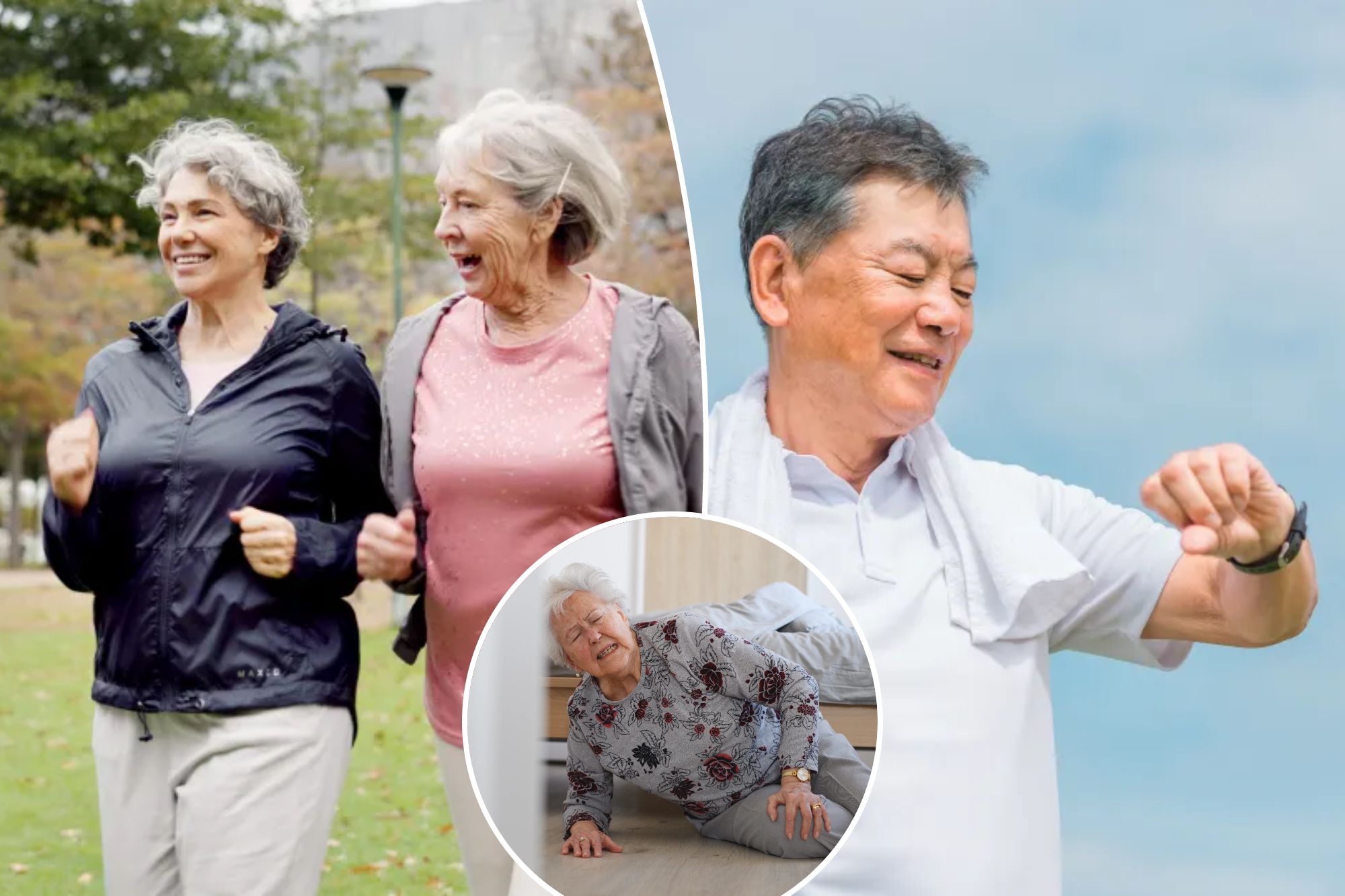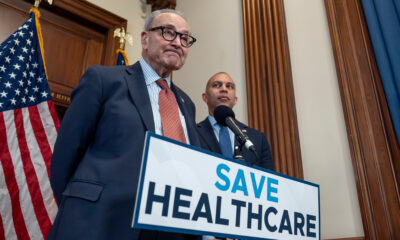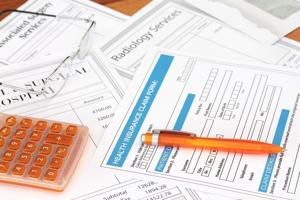Health
Speeding Up Your Steps: Key to Aging Healthier Revealed

A recent study from the University of Chicago has revealed that increasing walking speed can significantly enhance physical function in older adults at risk of frailty. The research highlights that even a modest increase in pace can lead to improvements in health and mobility, crucial factors for maintaining independence as one ages.
Frailty, a condition that affects approximately 4% to 16% of Americans aged 65 and older, is associated with a higher likelihood of falls, hospitalizations, and diminished quality of life. The study, led by Dr. Daniel Rubin, involved 102 seniors with an average age of nearly 79, all of whom exhibited signs of frailty or pre-frailty. Most participants were women, and they were recruited from 14 retirement communities to evaluate the impact of walking speed on their health.
Significant Findings on Walking Speed
Participants in the study were divided into two groups. Both groups walked for 45 minutes three times a week, including warm-ups and cool-downs. One group walked at a “relaxed and comfortable” pace, while the other was instructed to walk “as fast as they safely could.” After four months, the faster group increased their walking cadence to about 100 steps per minute, compared to about 77 steps per minute for the slower group.
The researchers assessed the participants’ physical function using a six-minute walking test, a standard measurement for mobility in older adults. The results were telling: approximately 65% of the fast walkers managed to walk 30 meters farther within the six minutes, a clear indicator of improved daily functioning. In contrast, only 39% of the casual walkers reached this benchmark.
The study found that participants who increased their walking speed by a mere 14 steps per minute from their usual pace experienced the most significant health benefits. Dr. Rubin noted, “Even casual walking had positive effects on our study participants,” emphasizing that those who could safely increase their speed would see even greater improvements.
Understanding Frailty and Its Implications
Frailty is more than just a state of feeling tired; it is a clinical syndrome characterized by reduced physiological reserve and increased vulnerability. According to Johns Hopkins Medicine, individuals may be considered frail if they exhibit at least three of several warning signs, including unintentional weight loss, exhaustion, weakness, and slow walking speed.
Fortunately, frailty is recognized as a modifiable condition. Regular physical activity, proper nutrition, and effective management of chronic health issues can help delay, prevent, or even reverse the condition.
For older adults looking to enhance their health, measuring walking cadence is an excellent starting point. “Once you find your comfortable pace, you can then add five to ten steps per minute,” Dr. Rubin advised. He suggests aiming for an increase of 10 to 15 steps per minute if it feels safe and manageable.
To assist with maintaining a consistent walking rhythm, Dr. Rubin recommends using a metronome app. By matching steps to a steady beat, older adults can effectively guide their walking intensity, contributing to a healthier, more active lifestyle.
In conclusion, the findings from the University of Chicago’s study provide a practical approach for seniors to improve their physical health. By simply adjusting their walking speed, older adults can enhance their mobility and independence, ultimately leading to a better quality of life as they age.
-

 Technology5 months ago
Technology5 months agoDiscover the Top 10 Calorie Counting Apps of 2025
-

 Technology2 weeks ago
Technology2 weeks agoOpenAI to Implement Age Verification for ChatGPT by December 2025
-

 Health3 months ago
Health3 months agoBella Hadid Shares Health Update After Treatment for Lyme Disease
-

 Health3 months ago
Health3 months agoAnalysts Project Stronger Growth for Apple’s iPhone 17 Lineup
-

 Health3 months ago
Health3 months agoErin Bates Shares Recovery Update Following Sepsis Complications
-

 Technology5 months ago
Technology5 months agoDiscover How to Reverse Image Search Using ChatGPT Effortlessly
-

 Technology3 months ago
Technology3 months agoElectric Moto Influencer Surronster Arrested in Tijuana
-

 Technology2 months ago
Technology2 months agoDiscover 2025’s Top GPUs for Exceptional 4K Gaming Performance
-

 Technology5 months ago
Technology5 months agoMeta Initiates $60B AI Data Center Expansion, Starting in Ohio
-

 Technology5 months ago
Technology5 months agoRecovering a Suspended TikTok Account: A Step-by-Step Guide
-

 Health5 months ago
Health5 months agoTested: Rab Firewall Mountain Jacket Survives Harsh Conditions
-

 Lifestyle5 months ago
Lifestyle5 months agoBelton Family Reunites After Daughter Survives Hill Country Floods





















